"I like to get out there sit in the swell and look out" is how I think of a pleasant row in my home waters of Casco Bay, Maine. Along with dreaming of boats, like Culler's Otter, I dream of where to go in the boats. Next year's big row is out to Halfway Rock in the middle of Casco Bay, about 15 mile offshore.
Rowing in open water like this scares the hell out of me. When I sit there, in the swell, looking out, the butterflies flutter inside, making it more challenging to assess the situation and peruse the mental checklist of precautions. Weather window, ferry traffic, tidal currents, my energy level, time of day, schedule back on land, amount of food in the dry bag, do I have all the gear I need, what is plan B, plan C....
But I am learning that these butterflies are annoying but good; they keep me alive and ultimately confident. Once I am out there in open water, and I am feeling strong, confident in the boat, and having a blast, I relax and therefore row better. In my open water boat, Drake, I can cover about 4 nm per hour and that is an average. Time slips away and life is good. Christmas has been wonderful, and the weather cold, and now I begin to plan big rows for next year. I am training for long distance rows and hope to make a 20-mile row somewhat routine. Halfway Rock, located below the 'Not' in "Not for Navigational Use" is uncannily "halfway" between the Eastern and western points that define Casco Bay. It is an exposed rocky isle with a lighthouse. Landing there will be difficult, so when I row there next summer, it will be my longest pull yet, at least 25 miles total, depending on the exact route.
Time to dream, be patient as the sun makes its way back north, and time to get in shape!







